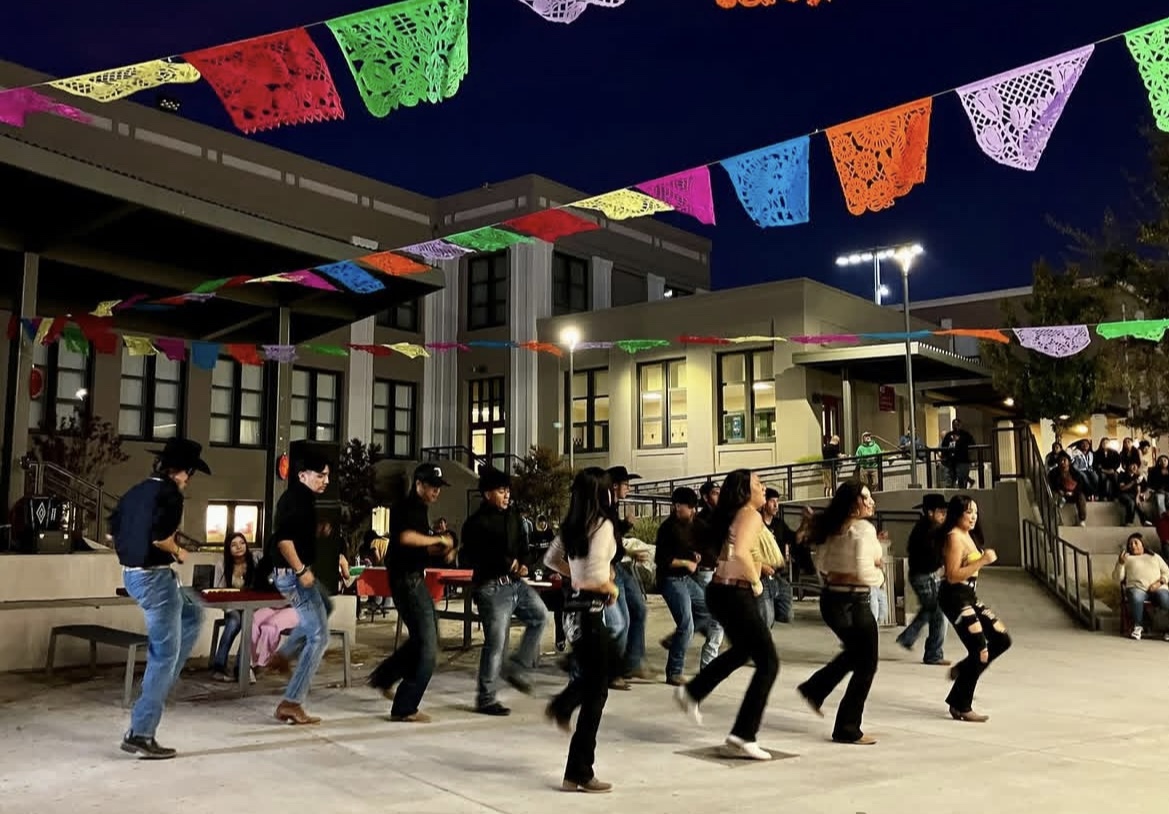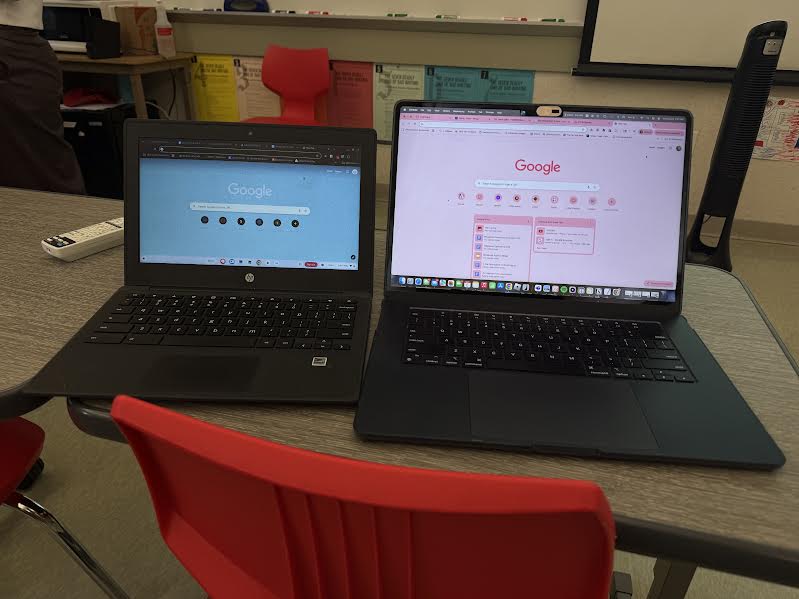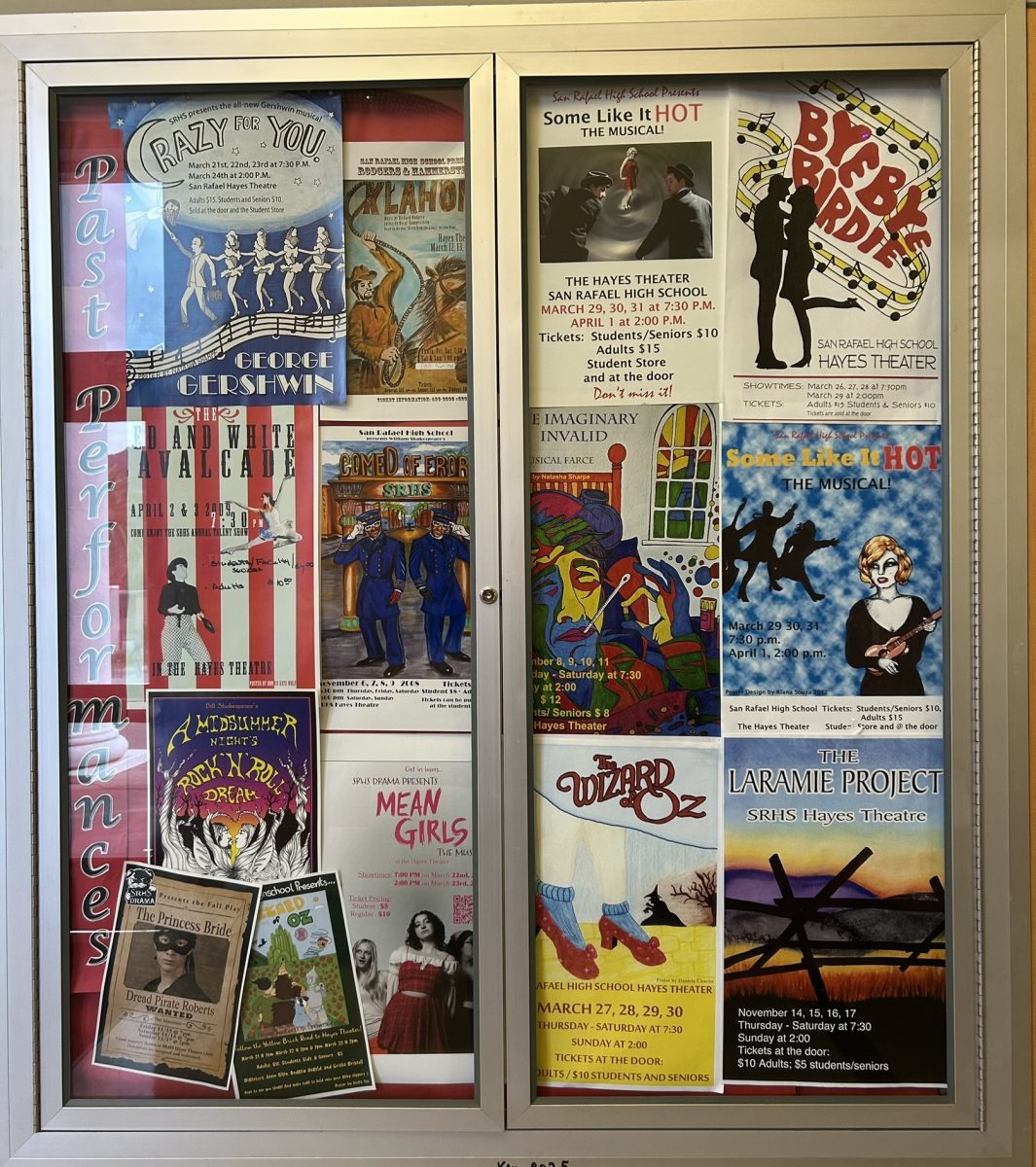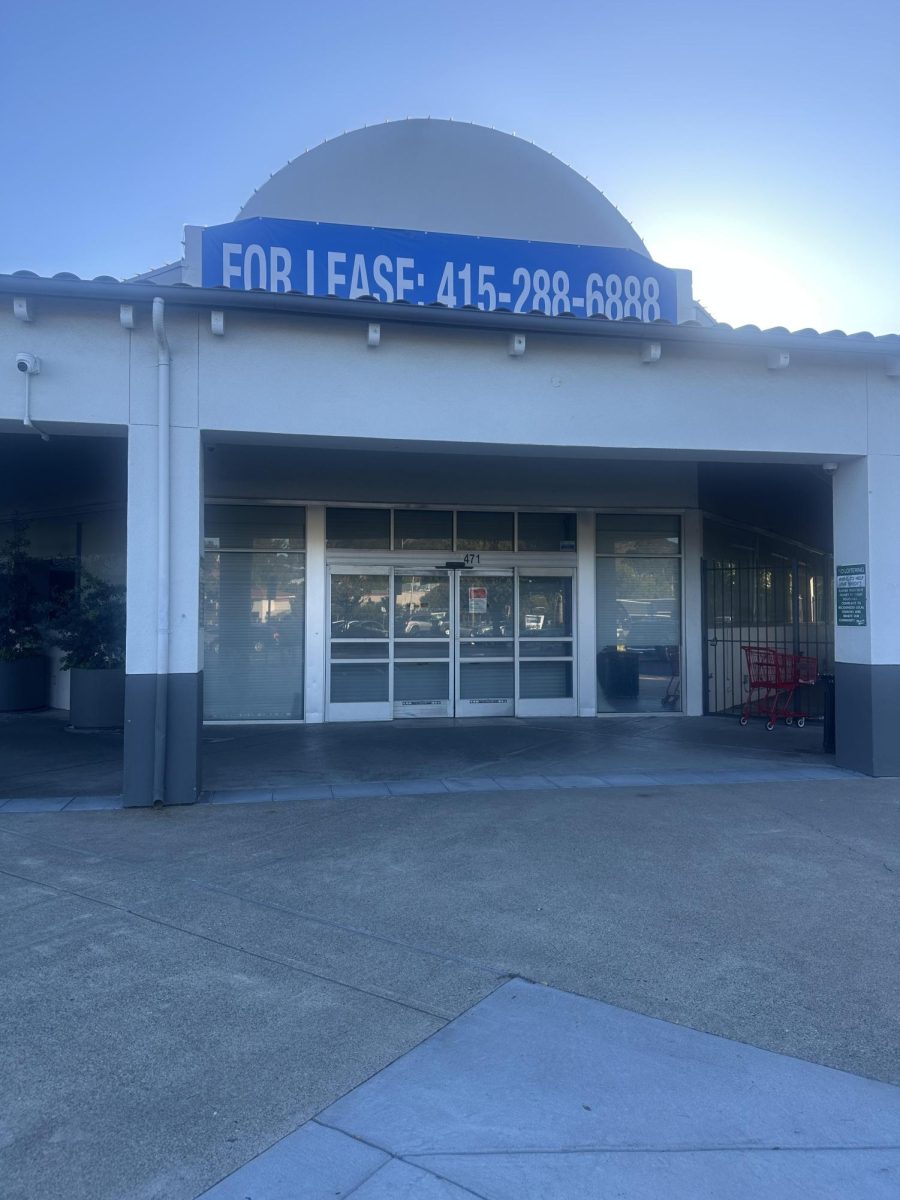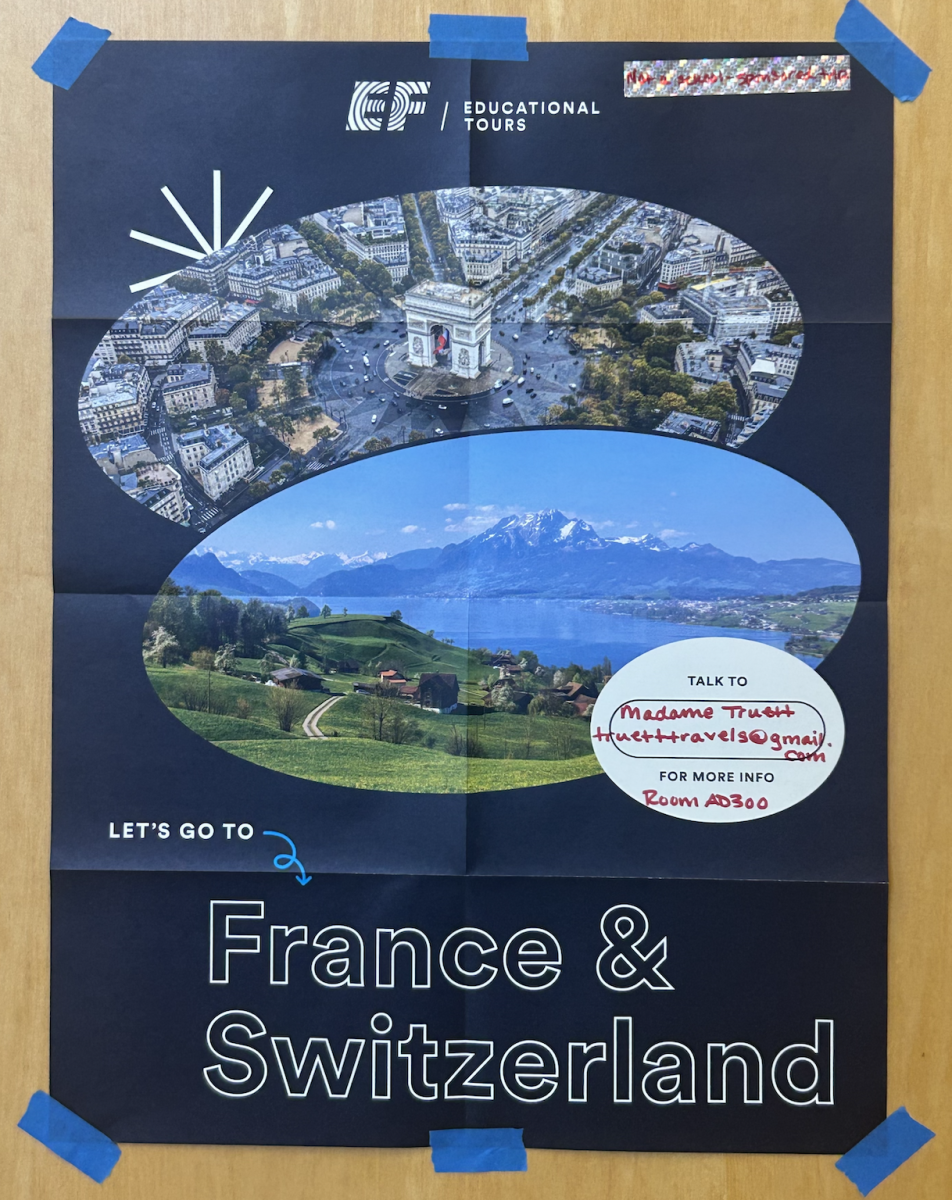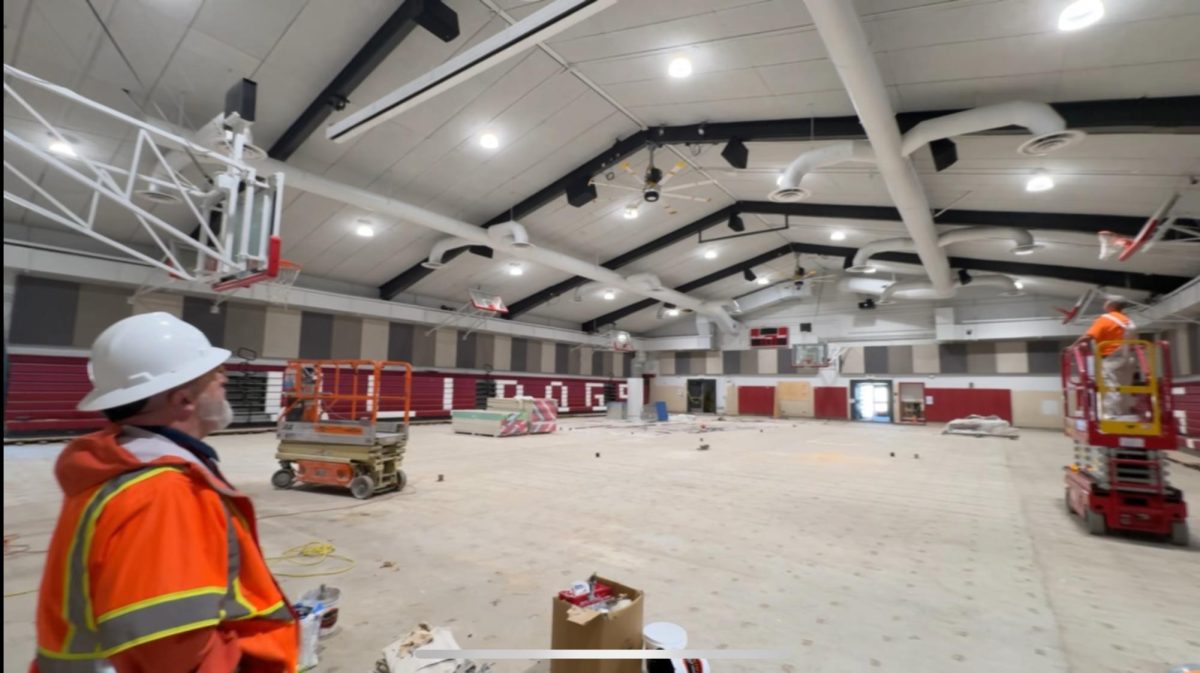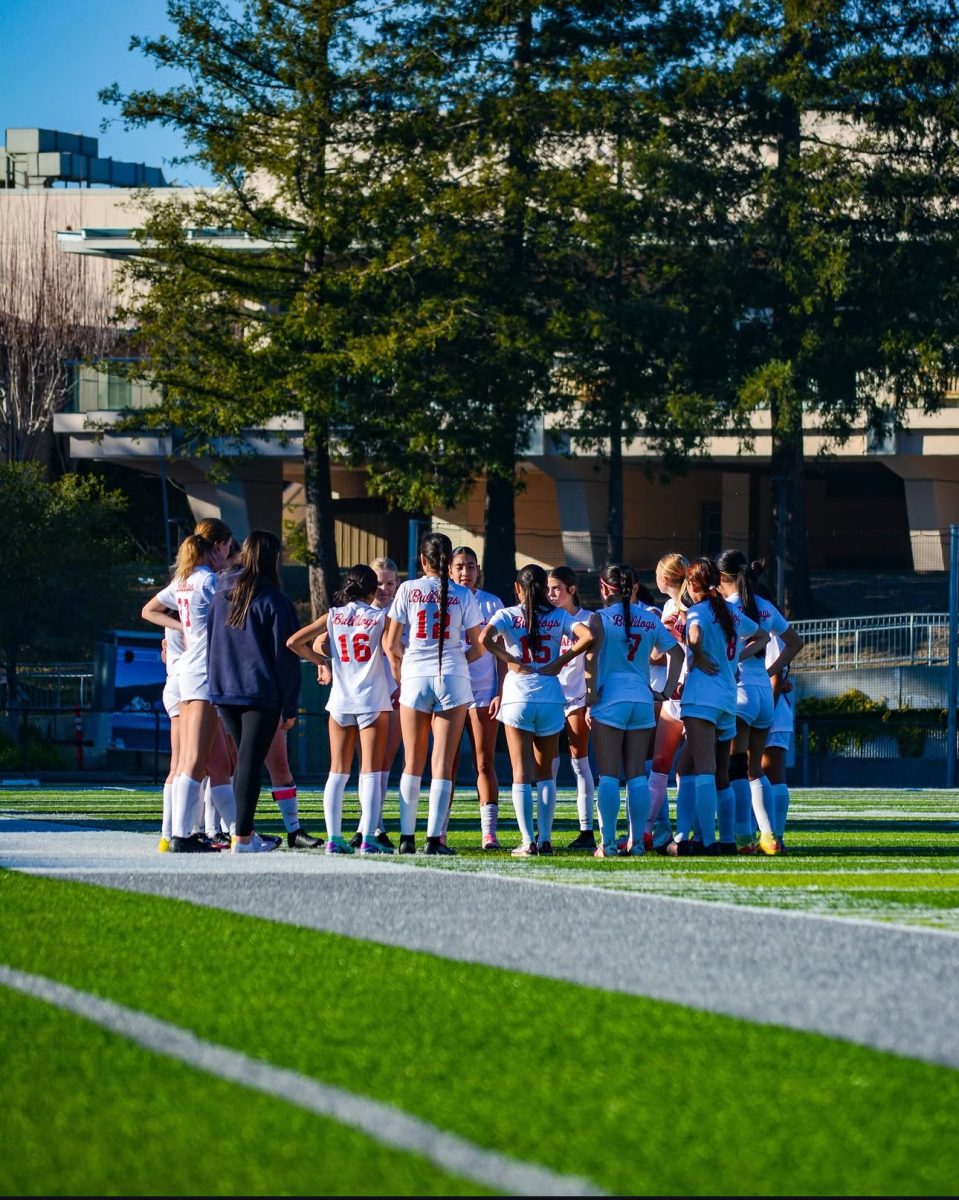Trade Basics Are Basically Gone, Leaving a Void at SRHS
January 6, 2022
Coming into San Rafael High as a freshman in 2018, I had always heard conversations from upperclassmen about the auto body shop, and how kids would be able to work on their cars in this specialized class. I knew right away that this class would be perfect for me.
Much to my dismay, however, that building was being torn down as I started enrollment. They were getting rid of the auto body, woodworking, and fabrication courses, and we wouldn’t have any alternatives to those classes.
Without such a class to teach students the basics of a trade job, especially on the heels of a global pandemic where many of these students are still mentally middle schoolers, there is a void in the knowledge base that is otherwise not filled.
“Kids don’t know the difference between a Philips head and a flat head screwdriver,” said Mr. Temple, who worked alongside other teachers in the former Career Technical Education [CTE] building.
Mr. Temple was also affected by the removal of the other shop classes since he teaches CTE (the engineering and physics academies). His class was crammed into a portable on the other side of campus as a result.
The school chose to get rid of the CTE building in order to put up a new administration office, without immediate plans for a replacement classroom. There is no opportunity in school for, “hands-on learning outside of engineering,” said Temple.
Ms. Paiz, the current science teacher for the physics and engineering academy shares the sentiment that hands-on learning is essential for growth outside of the classroom and later on in life.
“I try to make my science-y class as hands-on as possible, like project-based learning. I think that’s what you actually do afterward; in the real world,” she said.
Traditional classes in school can teach students to approach problems in a more linear way, while a different approach to education, from a more physical, and hands-on perspective, might offer more transferable skills than expected.
“Your boss is just going to tell you what needs to happen, and it’s up to you how to figure that out. There is no practice test,” said Paiz.
Currently, there is only a small portion of students who are involved in the SRHS Engineering and Physics Academy. However, this doesn’t mean that an auto class would be unable to garner students. For students such as myself who missed the cutoff for Engineering and Physics Academy and are still interested in physical hands-on learning.
Fellow SR senior Wesley Schwietert shared his opinion on this as well. He had “heard a lot of cool things about this class from past students,” and was excited to take the class.
“My friends and I were looking at a few classes College of Marin offered, but it never worked out,” Schwietert said when discussing career classes outside of school.
“I still hope to learn more about cars by building on prior knowledge from bikes and car maintenance.I think having options to attend a trade school through SRHS would be a great option for many. Even being able to get a taste of it while you have a lot of other options would be nice.”
Students whose first interest isn’t college haven’t had what has been traditionally offered here. There should be more vocational opportunities and classes that are designed to teach a specific skill or trade, which are building blocks in this process for students.
A 2020 article by NewsAmerica summarizes a JFF study supported by Harbor Freight, which explains that demand for more trade-related jobs is always increasing, but the actual amount of jobs are unable to keep up with those numbers.
Another point made is that many students feel like going the trade route, or not attending a four-year college is a “dead-end” route. This only upholds a harmful and unfounded stereotype that you can’t make money out of a trade job, or that it’s only a fallback for students.
Schwietert is considering trade school and going “the electrician route.” He feels that being an electrician is a job that will only be needed more in the future with the expansion of electric and online advancements.
“Learning to be an electrician is great for anyone who doesn’t really want to go to college, but still wants to learn and work their way up in a much-needed industry.”
The school does offer resources to lead students in the right direction, such as a construction class sponsored by Marin County, free for high school students. The only problem with this is that the only way students could find out about this is by scrolling through the monthly CCC newsletter, nestled towards the bottom buried under a ton of other information. This is another example of the school not making it very clear what the options are for students interested in trade jobs. This continues to perpetuate the void of technical knowledge that seemingly only the most astute students can find information on.
“I know many people who ended up going into construction or trade school who felt like they were almost behind because they didn’t get the option to try it at the school they went to,” said Schwietert.
On the other hand, SRHS and the larger San Rafael district, have approved massive amounts of funding for new improvements at the school. Measure B, passed in 2015 gives the school district over $160 million for internal improvements.
One of these improvements is the development and construction of the STEAM building, a new Science Technology Engineering, and Math building. It’s estimated to cost about $15 million, with plans to finish construction sometime around September 2022 in time for the new class of 2026.
Plans are great, sure, but there isn’t a concrete plan for what the new STEAM building will contain. According to the meeting minutes from September, plans are being discussed to bring back or expand ceramics, engineering, and fabrication labs. There is currently no explicit discussion about plans for an auto body shop.
Without an auto body shop to invest in, there is not a physical application to some of the skills learned. Sure, in engineering academy you work with circuits and 3D printers, and other applications, but for students whose interest is in more mechanical studies, there isn’t much to do. Why should ceramics be placed in the new building over an auto body class?
Prior to the destruction of the CTE building, Larry Oliver and Robert Holt, the former metal and woodworking teachers respectively, both retired, leaving a void to be filled in that department. The school decided this was the segue to begin their new STEAM building.
With tens of millions of funding for new class spaces, I wish the school would be more assertive in bringing the auto class back. For students interested in trade jobs, outside of school, they have been missing out these past few years.
This issue becomes even more prominent with the pandemic, a time where many students would want to pursue something with all of their extra free time. With school back in session, one can only do so much in terms of extracurricular learning. A dedicated class for the subject could have offered a crucial bridge between academics and personal interests.
Some AP students, for example, who are taking high-level courses academically in school merely just go through the motions or do the best they can in school solely for the sake of doing well. A class such as an auto body class would help refine interests in a way that doesn’t center around constantly being the best academically.
I believe that what you are interested in academically is something that you should pursue later on in a potential career. If enough exposure is given to students who are at an uncertain time in their lives, their careers and future lives can be shaped off of a single class taken in high school.

